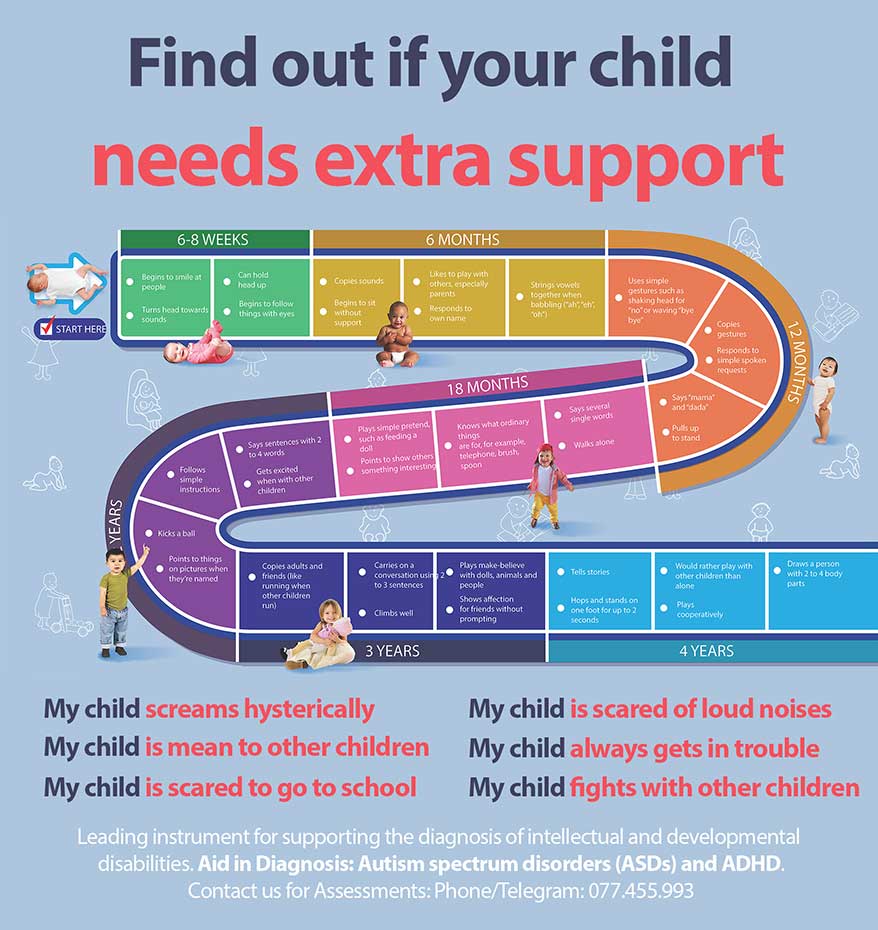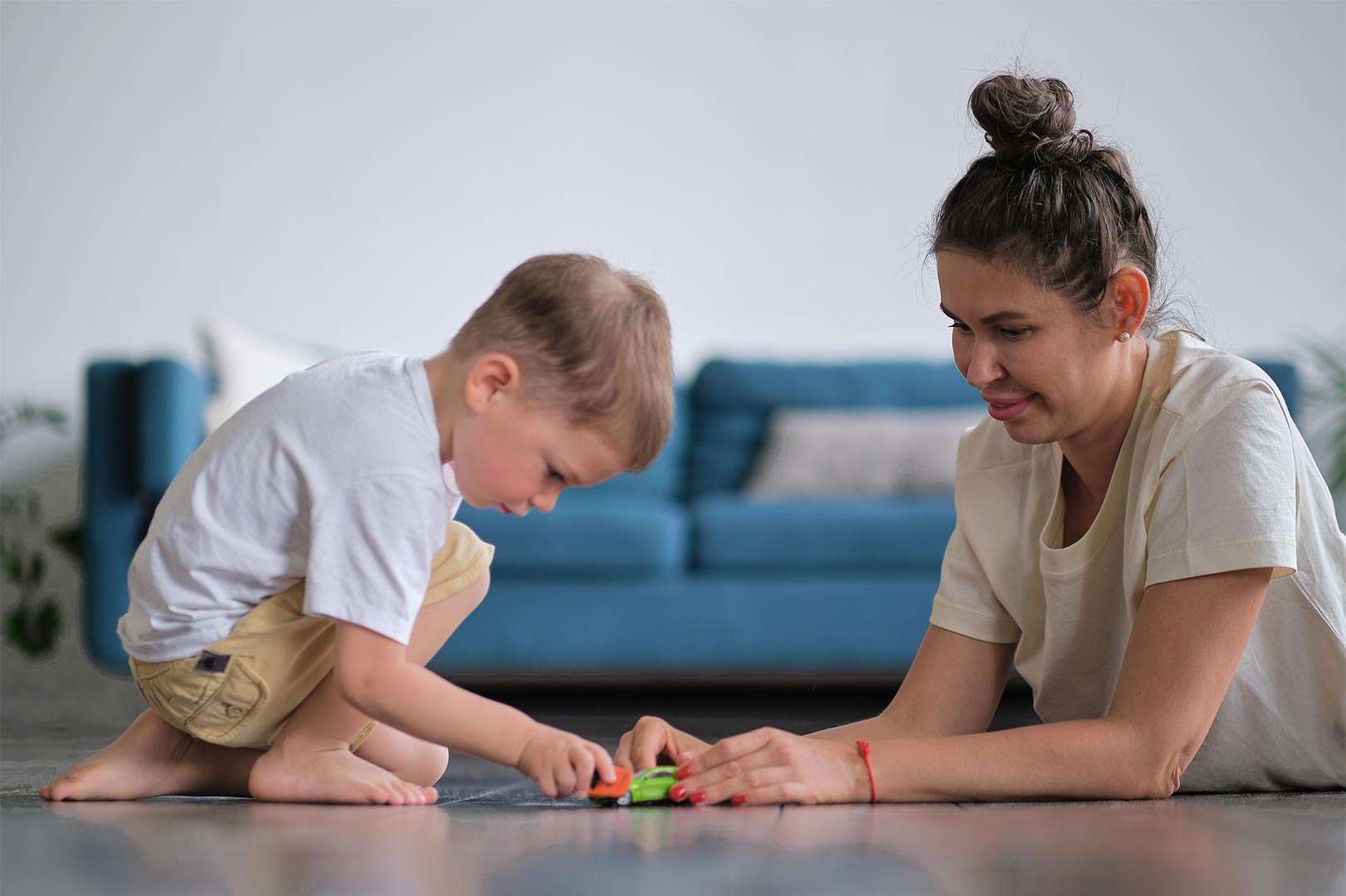Waiting can be a difficult skill for any child to learn, but it can be especially challenging for children with autism. This is because they may have difficulty understanding the concept of time, and they may also be more sensitive to frustration and anxiety.
There are a few things you can do to help your child with autism practice the skill of waiting:
Start with small steps. If your child is new to waiting, start by asking them to wait for short periods of time, such as 30 seconds or 1 minute. You can gradually increase the wait time as your child gets better at waiting.
Use visual cues. Visual cues can help your child understand how long they need to wait. For example, you can use a timer, a picture of a clock, or a countdown strip.
Provide positive reinforcement. Praise your child for waiting patiently. You can also give them small rewards, such as stickers or extra playtime.
Be patient and consistent. It takes time and practice for children with autism to learn to wait. Be patient with your child, and be consistent in your expectations.
Here are some specific examples of how you can practice waiting with your child with autism:
- At home: Ask your child to wait for a snack or a toy until you finish a chore or make a phone call. You can use a timer to help them understand how long they need to wait.
- At the store: Ask your child to wait in line at the checkout counter. If they start to get frustrated, you can give them a small toy or book to distract them.
- At the doctor’s office: Ask your child to wait in the waiting room. You can bring a book or activity for them to do while they wait.
- At the park: Ask your child to wait for their turn on the swings or the slide. You can use a timer or a countdown strip to help them understand how long they need to wait.
It is important to remember that every child with autism is different. What works for one child may not work for another. Experiment with different strategies and find what works best for your child.
Here are some additional tips for teaching your child with autism to wait:
- Be clear and concise. When you tell your child to wait, be clear and concise in your instructions. For example, say “Wait until I finish cooking dinner before you ask for a snack.”
- Provide a reason. If possible, explain to your child why they need to wait. For example, say “Wait until I finish cooking dinner before you ask for a snack because the food is still hot.”
- Give your child choices. If possible, give your child choices about how to wait. For example, say “Do you want to wait in line for the swings or do you want to play in the sandbox while you wait?”
- Take breaks. If your child is getting frustrated with waiting, take a break. Go for a walk, listen to music, or do something else that your child enjoys.
Teaching your child with autism to wait takes time and patience, but it is an important skill that they will use throughout their lives.
Find out if your child needs extra support today!
- My child screams hysterically
- My child is mean to other children
- My child is always worried
- My child is scared to go to school
- My child is scared of loud noises
- My child doesn’t know how to read
- My child is scared to play outside
- My child does not respond to his name
- My child always gets in trouble
- My child fights with other children
- My child doesn’t know how to count
If you are concerned about your child’s development, contact us for Assessments: Phone/Telegram: 077.455.993 – Telegram Link: https://t.me/OrbRom
If you are concerned about your child’s development, contact us for Assessments.
Phone/Telegram: 077.455.993 Link: https://t.me/OrbRom






Leave A Comment